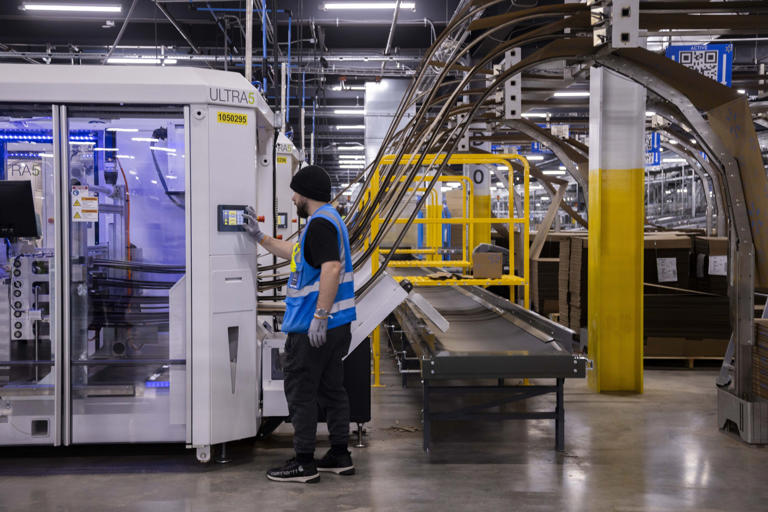In May, Texas experienced a notable uptick in its labor market, with nearly 42,000 jobs added, according to the latest report from the Texas Workforce Commission. Although this figure represents a slight decrease of 800 jobs compared to April, it underscores the state’s ongoing economic expansion. As a result, Texas’ seasonally adjusted total nonfarm employment reached 14,195,600, reflecting steady growth across various sectors.
The civilian labor force in Texas also expanded significantly during May, with approximately 35,900 individuals entering the workforce. Out of these new entrants, 32,500 Texans secured employment, a figure that mirrors the previous month’s influx of employed workers. Since May 2023, Texas has seen over 200,000 people join the workforce, reinforcing the state’s robust year-over-year employment growth.
Chairman Bryan Daniel of the Texas Workforce Commission highlighted Texas’ leading position in national employment trends, noting the state’s resilience and attractiveness for job seekers. Despite economic fluctuations elsewhere, Texas has maintained a stable unemployment rate, with the seasonally adjusted figure holding steady at 4%, aligning closely with the national average.
Regionally, the Dallas-Fort Worth area reported a not-seasonally adjusted unemployment rate of 3.6% in May, indicating a healthy job market in one of the state’s largest metropolitan regions. Meanwhile, the Austin-Round Rock area boasted an even lower unemployment rate of 3.2%, underscoring robust economic activity and job creation in the state capital and its surroundings.
Sector-specific data further illustrates Texas’ economic diversity and strength. Trade, transportation, and utilities emerged as key contributors to May’s job growth, adding 13,300 positions. This sector’s expansion reflects Texas’ status as a major hub for commerce and logistics, benefiting from its strategic location and business-friendly environment.
Additionally, the leisure and hospitality sector saw notable gains, with nearly 7,000 jobs added in May. This sector’s recovery is particularly significant as it signifies renewed consumer confidence and increased spending on travel, dining, and entertainment activities across the state.
Overall, Texas’ employment landscape in May paints a picture of resilience and expansion, driven by robust growth in key sectors and a steady influx of new workers into the labor force. The state continues to demonstrate its ability to weather economic challenges while fostering opportunities for employment and economic prosperity for its residents. As Texas remains a leader in job creation and economic vitality, stakeholders and policymakers alike remain optimistic about the state’s future economic trajectory.
